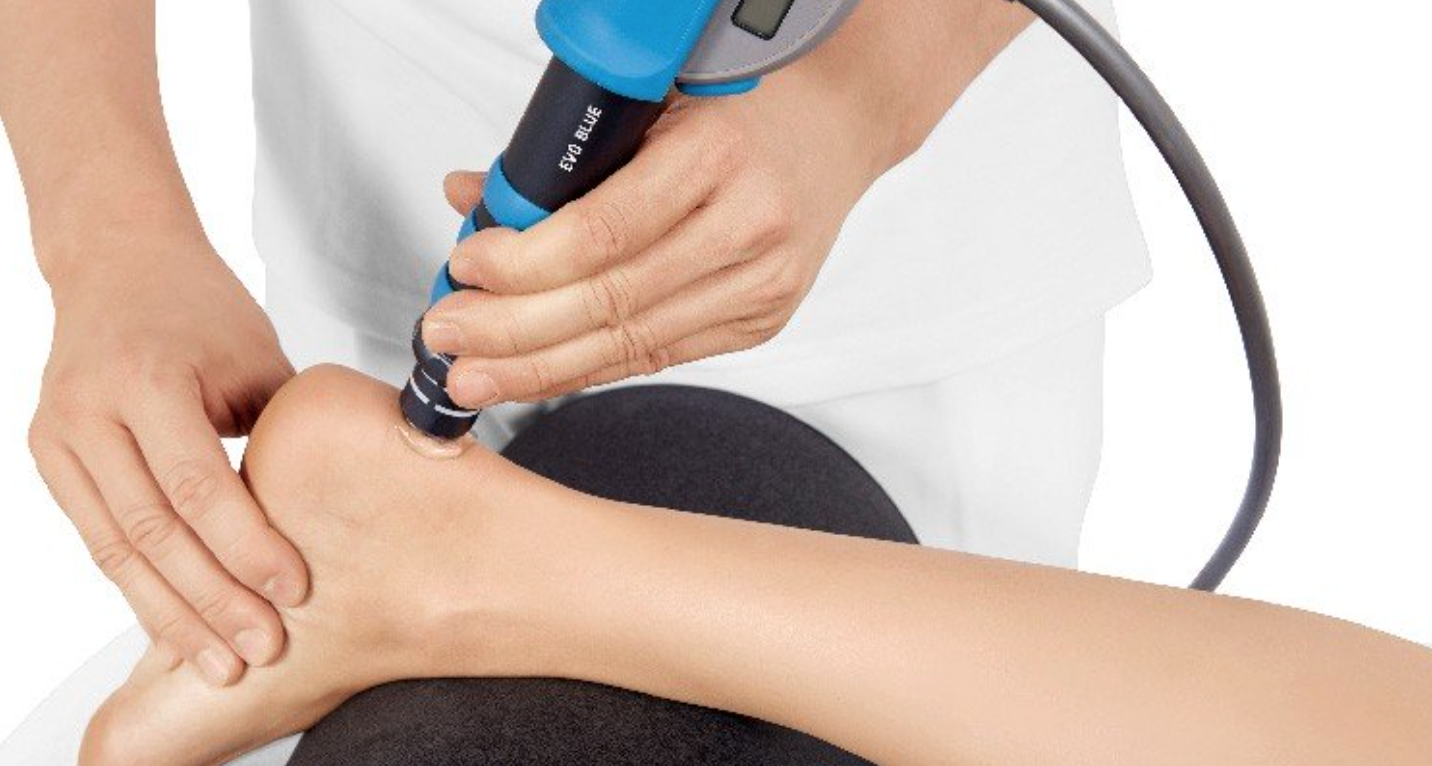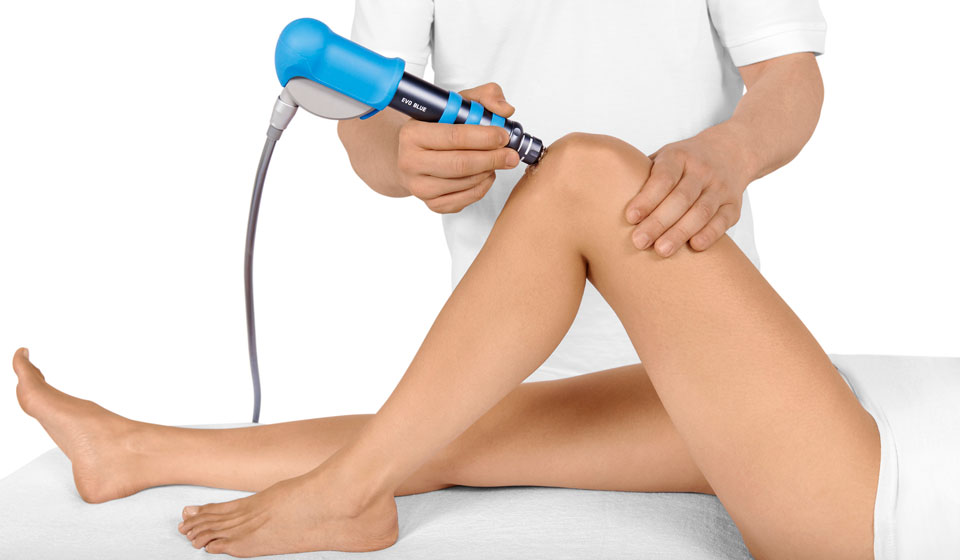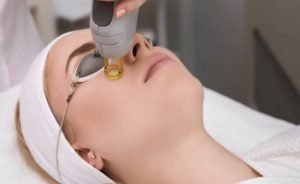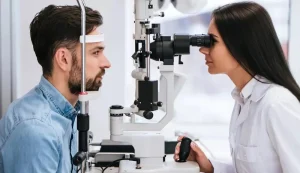
Since it is used daily for walking, jumping, running, and climbing, the feet takes a lot of abuse on a consistent basis. That being said, it’s not surprising that many people suffer from foot pain at one point or another. From injuries to inflammation, various kinds of malfunctions and damage can result in foot problems.
Ageing, diabetes, and improper footwear are also some of the key contributors to foot problems. Fortunately, treatment options like shockwave therapy, antibiotics, and at times surgery are available to address these problems. Below are some of the most prevalent foot problems, their causes, and the treatment options available:
Plantar Fasciitis
According to the American Academy of Orthopaedic Surgeons, plantar fasciitis is one of the most prevalent causes of heel pain. This condition develops when the plantar fascia situated at the foot’s bottom gets inflamed. The plantar fascia supports the foot’s arch.
Causes
This inflammatory condition often cannot be attributed to a clear cause. When no clear cause is identified, the condition is referred to as idiopathic plantar fasciitis. Some of the risk factors for plantar fasciitis include tight calf muscles, repetitive stress on the heel, and obesity.
Treatment Options
Some cases of plantar fasciitis will respond well to at-home care. Applying ice and resting the foot can often minimise inflammation. Non-steroidal anti-inflammatory drugs (NSAIDs) are sometimes given to manage pain.
If at-home care does not resolve the condition, a visit to the chiropractor might be in order. Other treatments like radial shockwave therapy can be an option for plantar fasciitis that’s resistant to conventional or at-home therapies.
Heel Spur
Heel spur is the outgrowth of calcium that develops between the arch of the foot and the heel bone. For most people, no symptoms are felt. Others however will experience pain and inflammation.
Causes
Heel spurs are often the result of long strain on the ligaments and muscles. The condition can also be caused by wearing worn out or badly fitted shoes, arthritis, and obesity.

Treatment Options
Treatment options to manage heel spur can include OTC pain medications, orthotic shoe inserts, cold compress, and injections.
Bunions
Bunions are abnormalities that often develop on the large toe joint. Also known as hallux valgus, the condition can cause the big toe to turn inward slightly. Due to pressure from narrow footwear, women are more prone to developing bunions.
Causes
Wearing narrow or tight shoes can often cause bunions to develop. Having a family history of bunions can also be a risk factor. In addition, conditions like polio and rheumatoid arthritis can also increase one’s chance of developing the condition.
Treatment Options
Bunions will often respond to conservative treatment measures. Not wearing high heels and ill-fitting shoes and using bunion pads can often help. However, if the condition does not subside and continues to cause pain, surgery may be recommended.
Athlete’s Foot
The fungal infection of the skin (often between the toes) is called athlete’s foot. When the infection spreads, it can cause significant itching, pain, and discomfort. Most people are exposed to the fungus that causes athlete’s foot in the shower, pool, or gym.
Causes
Wearing damp and warm shoes can also cause the fungus to thrive and spread. Athlete’s foot is highly contagious and can spread to other areas of the skin including the groin, hands, and even the scalp.
Some of the common symptoms of athlete’s foot include blistering, cracking, and peeling of the feet. The condition often occurs between the fourth and fifth toes and spreads from there.
Treatment Options
Antifungal treatments are often the first resort when treating athlete’s foot. Most antifungal treatments are available in sprays, powders, or lotions. Keeping the feet dry and clean at all times is also recommended. When drying feet with athlete’s foot, it’s ideal to use a separate towel.
If the fungus continues to spread and does not respond to conventional treatment, seeing a doctor is recommended so antifungal medications can be prescribed.








